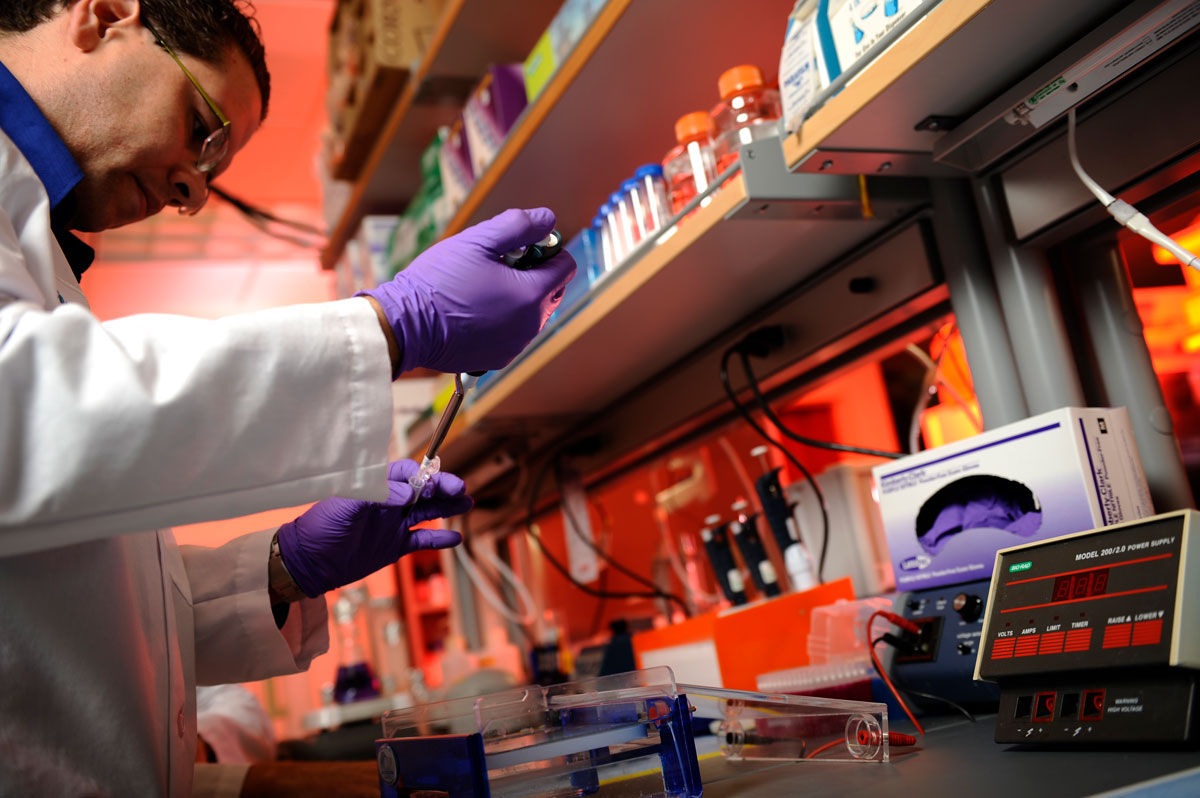Researchers and graduate students from across the country recently gathered for the fourth annual metabolomics symposium organized by Sanford Burnham Prebys Medical Discovery Institute (SBP) and the University of Florida’s Southeast Center for Integrated Metabolomics (SECIM). Metabolomics is a burgeoning technology platform that provides advanced research capabilities to analyze and quantify metabolite levels found in the human body. Metabolites are the enormous set of small molecules that are the “currency of life”. Measuring the amounts of metabolites in blood and elsewhere can enable early detection of disease and yield powerful insight on how the body responds to a particular drug treatments. In the future, this kind of molecular profiling may be used by physicians to help make personalized medicine a reality. Noted speakers shared how metabolomics advances their research interests.
- There are literally hundreds of thousands of chemically distinct entities that are present in every cell in the brain and each can be modified based on the exposure or overuse of drugs. Jonathan Sweedler, PhD, from the University of Illinois, uses advanced technologies to characterize small molecules such as metabolites in single brain cells. This pioneering capability quantifies neuropeptides and maps signaling pathways involved in wide range of brain functions and behaviors.
- Cancer cells are defined by their ability for uncontrolled growth. Gary Patti, PhD, from Washington University at St. Louis used metabolomics technologies to pinpoint a new source of energy that cancer cells use to multiply. Patti’s team found that cells use a by-product of glucose metabolism – lactate – long regarded as waste, as an energy source and a vehicle to transfer electrons to make building blocks essential for cell growth. The findings could lead to new drug targets to decrease the availability of ingredients necessary for tumor growth.
- Charles Burant, MD, PhD, of the University of Michigan, studies the molecular underpinnings of cardiorespiratory fitness to understand individual response to exercise, diet and weight loss. The overarching goal is to individualize interventions to improve a person’s metabolic health and longevity. Using metabolic and genetic profiling, Dr. Burant analyzes the genetic drivers that are responsible for differences in lung capacity, aging skeletal muscle and to gain insight into the underlying biology in diabetes, cardiovascular disorders and metabolic syndrome.
- SBP researcher Steve Gardell, PhD, enlists metabolomics to study nicotinamide adenine dinucleotide (NAD) – a metabolite that plays a pivotal role in many different biological pathways. Dr. Gardell uses genetic models and small molecules to drive up the levels of NAD in cells and explore the accompanying benefits on health, fitness and longevity.
- Loss of muscle mass occurs with aging or from disuse due to an acute illness. The effect can lead to decreased mobility and physical functioning. Paul Coen, PhD, at the Translational Research Institute at Florida Hospital, uses metabolomics to find out why older adults don’t recover as well, even with exercise, after being inactive. Coen’s team is analyzing muscle biopsies from bedrest study participants to understand molecular changes in the mitochondria – the energy factories in muscle cells. Their goal is to develop therapies that re-stimulate energy production in muscles and aid recovery after disuse.


